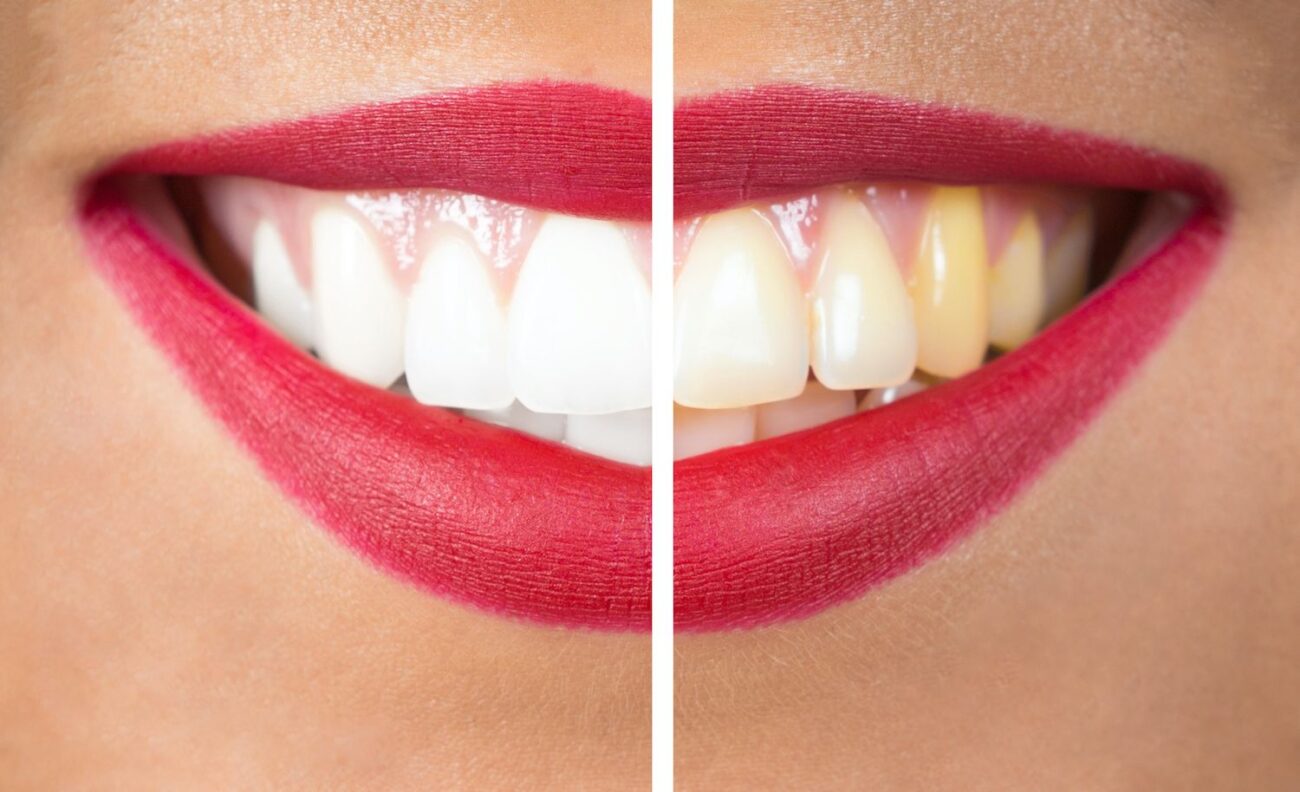Many people aspire to maintain a pearly white smile. But over time, your tooth color could alter in multiple ways. You might notice dark stains on the surface of your teeth, the teeth could turn yellow, or your smile may grow dull in color.
A dentist can evaluate your smile and offer a variety of teeth-whitening solutions like porcelain veneers that can brighten your tooth color. But you can better preserve your naturally beautiful smile when you understand why your teeth may form stains. Discover three common reasons you might develop discoloration on your teeth by reading on.

Consumption of Staining Agents
Many dark-colored foods and beverages will get their color from naturally occurring substances called tannins. Tannins can transfer and absorb into your tooth enamel as you eat and drink. Then they can leave dark stains behind on the surface of your teeth.
These extrinsic stains develop close to the top of the enamel, but your toothbrush cannot reach to scrub away the discoloration. Other substances, including tobacco, can stain your teeth in this way as well.
Sometimes you can reduce the risk of forming dental discoloration by sipping dark-colored drinks through a straw or diluting coffee or tea with milk. But these efforts do not eliminate the danger of dental stains entirely. Pay attention to the way your diet impacts your smile. Avoid or limit the consumption of substances that have a high likelihood of staining your teeth.
Underlying Dental Problems
Dental discoloration may occur as a symptom of certain oral health issues. For instance, if you suffer enamel erosion, the weak areas on the tooth can appear as white spots or translucence.
Tooth decay develops when natural oral bacteria penetrate weak spots on the tooth enamel and begin to eat away the dental structure. Decay can give you white or brown dental discoloration as well. When a dentist treats decay, they can restore the aesthetics as well as the structure of the tooth.
You may think of gum disease as an infection affecting the gum tissue. But as the disease progresses, it will harm the teeth as well, giving them a dark color. Do not delay treatment of these dental concerns so that you can preserve your tooth color.
Factors Outside a Patient’s Control
Sometimes the teeth can become discolored due to reasons beyond your immediate control. Certain medications, for example, can create stains on the teeth as a side effect. Aging may also lead to weakening or thinning of the tooth enamel which can make your smile turn yellow.
Attending regular dental check-ups and teeth cleanings is crucial to preserving the beautiful color of your smile in the wake of these underlying factors. Your dentist can evaluate your oral health and provide you with preventative care to keep your smile looking and feeling its best. Give your dentist a call to schedule an appointment today to address your smile aesthetic concerns.
